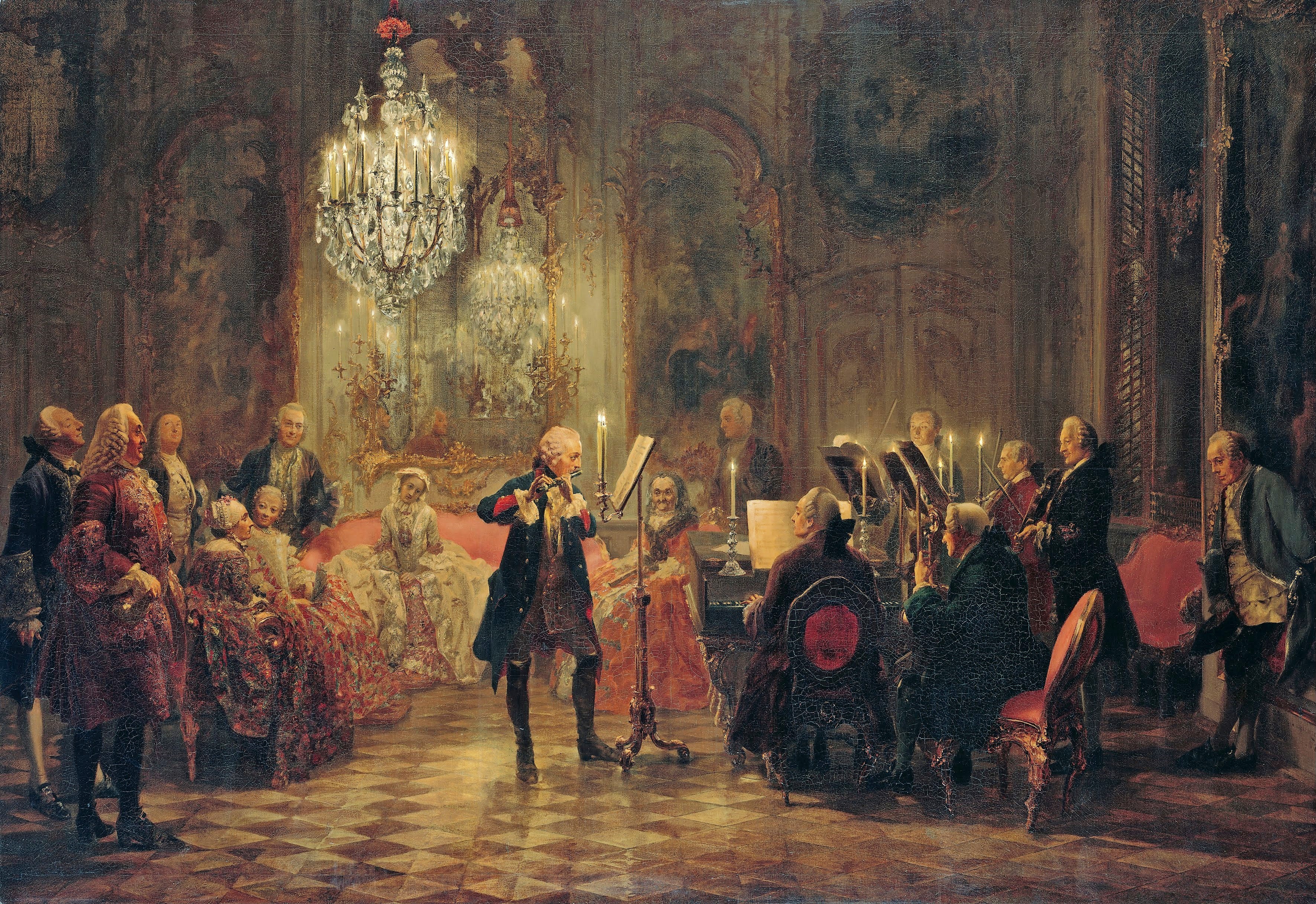The loss of Mathany Saldanha is
indeed a great loss for Goan civil society. By all accounts, Goa has lost
a principled man of politics, one who rather than acting merely for a private or familial
interest, had the larger interests of society at heart. In an age when ideology
seems dead, it appears as if the death of Mathany Saldanha has taken away from
us almost all hope of an ideologically driven politics. It is thus with heavy
heart that we must mourn the death of Mathany Saldanha, who leaves us as it
were
in tenebris.

The death of this clearly
inspirational figure must not however prevent us from asking questions about
some of the decisions that he took in his long life as an activist. Two
questions stand above all in my mind; the first, when it should be so obvious
that ‘Special status’ for Goa is not going to resolve any of Goa’s problems,
why did Mathany Saldanha commit so much passion for it? The second question
that emerges is, why did Saldanha, rather than remain the principled
independent, join forces with the BJP, not once, but twice?

A more cynical response to the
second question is the one given when most marginalized figures join dominant
power blocs. Starved of executive power for so long, they are willing to make compromise
with even the devil to be able to get into power and convert into reality their
vision for the space they represent.
When Mathany Saldanha has been lionized by so many as not one to
compromise, this answer does not seem to hold much water. Perhaps a look at the
life of the man would provide us with other possible answers.

If we look back into
the life of Mathany Saldanha, and to the moment when as leader of the
ramponcars’
agitation, he appeared on the stage as an activist to reckon with, we see that
it was not merely formal equality that he was looking for, but internal
equity. This involvement was
subsequently followed by his role in the Konkani language movement in the
1980’s, the Meta-Strips opposition of the 1990’s, and more recently the mass
mobilization against the SEZs, one of the many movements that lent palpability
to the call to arms to ‘Save Goa’. Finally was his support for the demand for
‘Special Status’, a demand that has gained much strength from the ‘Save Goa’
cry. What becomes obvious when we look at this long string of associations, is
that these were not merely isolated events that he associated with, but part of
a larger commitment to the issue of citizenship in Goa. This is to say, Mathany
Saldanha was involved in a larger project of renegotiating the citizenship pact
in Goa, the relationship between the Goan and the State (be it the regional
level, or at the national); and the relationship between and among Goans.

Let us leave aside for a moment
the fact that what exactly we mean by ‘Special Status’ has not as yet been
clearly outlined in any public debate. All we have so far are emotive calls
that assure us that things for Goa will be much better, that it will be saved
in fact, by the acquisition of Special Status. What we do know however, is that
the demand for Special Status is one that cannot simply be wished into
existence, it requires an amendment to the Constitution of the country. To be
sure, this is merely an amendment, if
the demand for Special Status is on par with the kinds of special status that
have been granted to other territories within the country (though ‘ofcourse’
not including Kashmir). However, it should be emphasized that the Constitution
is not merely a document containing administrative clauses that can be modified
this way and that, depending on the mood of the moment. On the contrary, the
Constitution is the singular document that embodies the kind of relationship
that we enjoy with the State, and with each other, as individuals, and as communities.

If one keeps this equation in
mind, then perhaps Mathany Saldanha’s association with the BJP begins to make
sense. Perhaps the single most important project, at least in terms of citizenship, that the BJP was involved with
when it was in power in the Centre between 1999 and 2004 was an attempt to
renegotiate the State-citizen compact in Indian republic. The
Constitution Review Commission, that was set up by the BJP-led NDA government in Feb 2000
was a signal part of this effort. The reason for the Commission was ostensibly
‘
examine the experience of the past fifty years to better achieve the ideals
enshrined in the Constitution’.
The unilateral move by the NDA government raised a hue and cry across the
country, not only for the manner in which this process was initiated, but
because the government had failed to specify clearly what exactly were the
issues that required changes in the Constitution. What was clearly
hanging in the background were statements by the BJP’s ideological partners, the RSS and
the VHP that have often called for changes in the Constitution to make
it more representative of the Indian ethos.

Even though the NDA government
assured its critics that it had no intention of tampering with the basic
structure of the Constitution, one has to keep in mind, that such issues as
secularism, that forms a part of the basic structure of the Constitution, are
not terms frozen in stone, but open to interpretation. A good number of
scholars of secularism, have pointed out, that the BJP is not against
secularism, where the concept separates State from church (or religious
bodies). What some segments of this body are opposed to are a secularism that
recognizes that different communities are placed differently in society and
require differential (while remaining equal) treatment. The term that they gave
to this at the time, was ‘pseudo-secularism’. These segments would rather
ignore the fact of real differences in society and treat unequal people,
equally. Furthermore, what these groups would like to see is the enforcement of the secularist agenda along radically different lines. One, where the secular citizen is understood as the upper-caste Hindutva subject, and all other 'communal' groups required to conform to such standards as would be comfortable to this upper-caste Hindutva subject. The presence of cultural difference then would not be tolerated, as is currently the case.

A review, or change in the
Constitution, and in the citizenship relation of the people of India with each
other, and the Indian State, are clearly a larger part of the BJP’s national
agenda. Mathany Saldanha’s agenda, even if directed towards different, nore local,
intentions, twined with this larger agenda. Indeed, from among the basket of arguments often forwarded when making the claim for 'Special Status', is the argument that Goa had no representation in the Constituent Assembly when the Constitution was being framed.It would have made sense therefore
for him to lend his might (and it has to be recognized that it was he that was
lending might to the BJP, and not necessarily the other way around) to the BJP.
The question that we need to ask however, and one that I regret not being able
to ask Mathany Saldanha directly, is; is
it worthwhile taking this risk? The risk is that, for the goal of gaining
‘Special Status’ within the Union, a remedy whose potential benefits have not
yet been effectively ascertained, we may be aligning ourselves with a power
that will use our power and voices, to effect larger changes. These changes, it must
be recognized will not be in the larger interests of the Indian population, and
will radically change the nature of the Indian citizenship compact.

Mathany Saldanha began his career
with a commitment to internal equity, and it is my belief, that if he were to
contemplate deeply the larger impacts of his commitments, whether to the BJP,
or the demand for ‘Special Status’, he may have changed his mind. There are
times, when our love blinds us. In this case, perhaps it was his love for Goa
(and Goans) that blinded this Prince of Patriots to the larger implications of
his move. We need not be guided by his possible errors however, but by the
larger principles by which he led his life.
Mathany Saldanha, may you rest in
peace.
(A version of this post was first published in the Gomantak Times 30 March 2012)
 It was this view that forced the metaphor of the Namban screen that
commences this column. Like a Namban screen, the glass-wall of the auditorium
is composed of multiple segments; seven in this case, thus creating the sense
of being in the presence of a trompe l'oeil. But this is the kind of trompe
l'oeil, that every artist would seek to accomplish, yet few could ever
accomplish. In this case what one views, is not the representation of an image
that fools the eye of the spectator, but indeed a vision of the image itself,
framed by the wood paneling of the auditorium and captured via glass. What is
perhaps most charming about this vision however is that based on one’s location
within the auditorium, the image that one’s view changes. One could gaze either
upon a cluster of trees, a concert of greens, silver and brown, that with
illumination seems to partake of the character of the original Namban screens,
or gaze upon the large pond that forms a part of the landscape of the garden.
It was this view that forced the metaphor of the Namban screen that
commences this column. Like a Namban screen, the glass-wall of the auditorium
is composed of multiple segments; seven in this case, thus creating the sense
of being in the presence of a trompe l'oeil. But this is the kind of trompe
l'oeil, that every artist would seek to accomplish, yet few could ever
accomplish. In this case what one views, is not the representation of an image
that fools the eye of the spectator, but indeed a vision of the image itself,
framed by the wood paneling of the auditorium and captured via glass. What is
perhaps most charming about this vision however is that based on one’s location
within the auditorium, the image that one’s view changes. One could gaze either
upon a cluster of trees, a concert of greens, silver and brown, that with
illumination seems to partake of the character of the original Namban screens,
or gaze upon the large pond that forms a part of the landscape of the garden.





